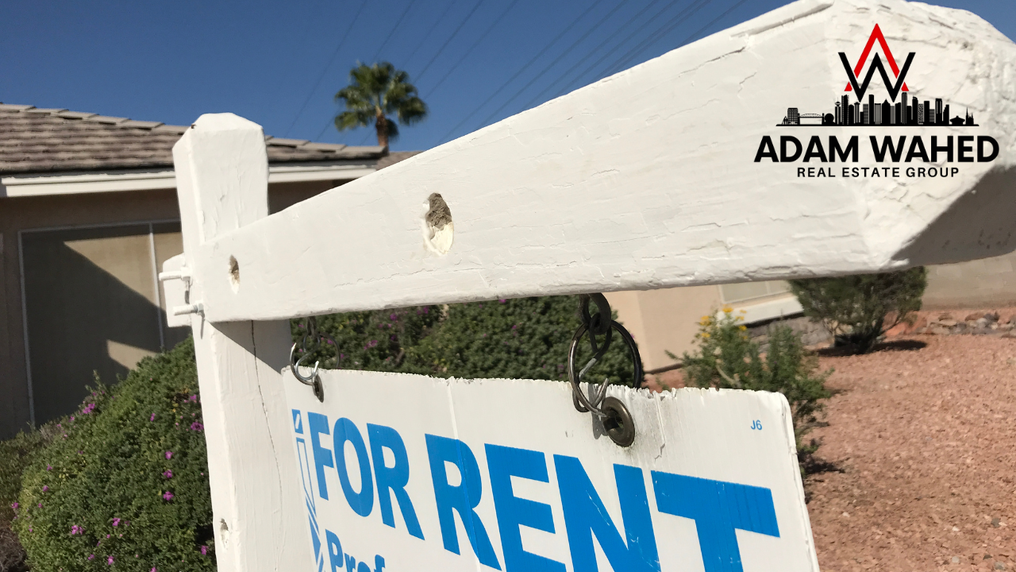Article created and published by The Globe and Mail .
 The wealth gap between homeowners and renters is widening and governments should create policies that improve financial outcomes for long-term tenants, Toronto-Dominion Bank TD-T +3.45% increase said Wednesday in a report.
The wealth gap between homeowners and renters is widening and governments should create policies that improve financial outcomes for long-term tenants, Toronto-Dominion Bank TD-T +3.45% increase said Wednesday in a report.
 The wealth gap between homeowners and renters is widening and governments should create policies that improve financial outcomes for long-term tenants, Toronto-Dominion Bank TD-T +3.45% increase said Wednesday in a report.
The wealth gap between homeowners and renters is widening and governments should create policies that improve financial outcomes for long-term tenants, Toronto-Dominion Bank TD-T +3.45% increase said Wednesday in a report.Residential real estate accounts for a growing share of household assets, coinciding with a lengthy boom in home prices. In turn, that is padding the pockets of Canadian homeowners.
Among those born between 1955 and 1964, the average net worth of homeowners was around $1.4-million by 2019 – $1.2-million more than the average non-homeowner, TD found in its analysis, which was based on data from Statistics Canada’s Survey of Financial Security. In 2005, the wealth gap was just shy of $500,000.
The situation may worsen in the near future. Despite a recent drop in prices, homes are becoming less affordable as borrowing rates climb quickly, making it tougher for prospective buyers to break into the market. Residential projects are being cancelled or delayed as financing dries up and economic prospects dim, a troubling development in supply-starved housing markets.
Rents, meanwhile, are soaring in urban centres, particularly as Canada’s population grows at the fastest rates in decades. Hopeful buyers are also coping with steep inflation and plunging stock markets – making it even tougher to save for a down payment.
“We really should be thinking more thoughtfully of renters and their ability to have the same amenities around their neighbourhoods and the same ability to accumulate wealth,” Beata Caranci, chief economist at TD and one of the report’s authors, said in an interview.
In one sense, wealth inequality has actually narrowed. TD found that the share of wealth held by the top 10 per cent of households fell to 47.8 per cent in 2019 from 50 per cent in 2005. The middle and bottom portions of the wealth distribution made up ground.
Beneath the surface, the shift is complicated, Ms. Caranci said. There is rising homeownership among the least wealthy Canadians, driven by millennials of ages 25 to 34. These younger homeowners have relatively high incomes – but also loads of debt.
“As the cost of homeownership rises, more leverage is creating a lower starting point in the net worth of these young owners, capturing them in the lower net worth brackets,” the report said.
Indeed, Statscan research has shown that millennials are becoming homeowners at similar rates as boomers and Gen-Xers at equivalent ages. They are, however, taking on a lot more debt than previous generations. And within the millennial generation, there is a larger gap in net worth between those at the top and bottom ends of the wealth distribution. Homeownership figures heavily into that wealth disparity.
Furthermore, TD asserts that many young Canadians received financial help from their parents to buy homes, given today’s high prices and the difficulty in scrounging together a down payment.
“The lengths to which young households have to go to acquire housing is becoming untenable without a starting point of higher income relative to peers and/or a transfer of intergenerational wealth, commonly in the form of parental wealth,” the report said.
Ms. Caranci noted that renters need to have a “much higher financial acumen to build their wealth.” Homeowners, by contrast, are in a “forced savings plan” that sees them funnel money into what is usually an appreciating asset. Renters, she said, are required to take an active approach in learning about tax benefits and financial markets.
Even so, they’re at an inherent disadvantage. Homeowners benefit from a handful of tax policies, such as the capital-gains exemption on the sale of a principal residence. “All said, the savings and investing landscape is so heavily skewed towards housing because the housing system itself is designed to perpetuate inequality between homeowners and non-owners,” the report said.
Governments could reassess existing subsidies for homeowners, or provide renters with “targeted” support that allows them to save and generate wealth, TD said, without elaborating further on such a program.
Federal policy makers could also “consider easing income-tested conditions for lower and middle-income borrowers within the mortgage stress test when interest rates are already high,” the authors wrote. They also expressed concern that new housing supply will wind up in the hands of existing homeowners, saying that efforts to boost supply “need a strategic lens.”
Ms. Caranci said governments need to assess how their housing policies are exacerbating a wealth divide. “You can certainly make sure you’re not worsening the incentive structure to favour one group of the population at the cost of another,” she said. “We’re all paying taxes, right? If you’re giving tax subsidies to homeowners, it’s coming from somewhere.”